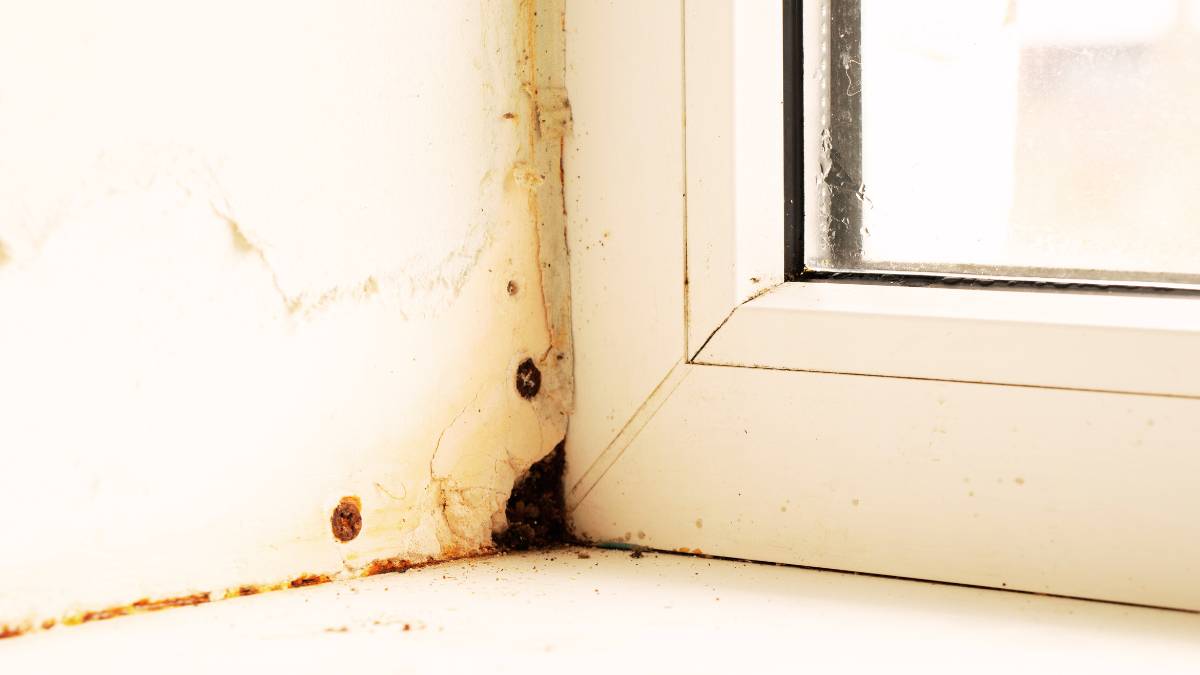Last Updated on October 17, 2024 by Kravelv Spiegel
Drywall is one of the most common materials used in both homes and commercial buildings. Its affordability and ease of installation make it a solid choice for interior walls, but like any building material, drywall is susceptible to damage over time. Whether it’s a small cosmetic dent or a major structural issue, determining whether to repair or replace the drywall can save you time, money, and future headaches. Here’s how to navigate that decision.
Recognize the Type and Severity of Drywall Damage
The first step in evaluating drywall issues is to consider both the type and severity of damage. Some are cosmetic and easy to repair, while others can compromise the structural integrity of your walls. Here are some of the most common forms of drywall damage to be aware of—and how to deal with them most effectively:
Dents and Dings
Minor surface damage, like small dents, nail holes, or scratches, can easily be repaired. A joint compound and sanding can smooth out these imperfections in under an hour for a quick fix that won’t require total drywall replacement.
Cracks
Drywall cracks can be caused by a variety of factors, such as home settling or minor foundation shifts. These cracks can usually be repaired with some patching compound and mesh tape. But if the cracks are larger or occur in areas like the ceiling, they might be indicative of a structural problem. In such cases, it’s worth having a professional technician inspect the area to determine if a repair or replacement is the best solution.
Water Damage
Water damage can vary from minor staining to severe disintegration. If the water damage is due to a leak, identify its source before repairing the drywall. In the case of minor water spots, you can air out the drywall then repaint it, but if the drywall absorbs a significant amount of water or shows signs of mold, replace the affected sections. Extensive water damage will weaken the drywall or even cause mold growth over time.
How to Determine When to Replace Your Drywall
While drywall repairs can be practical, cost-effective solutions for minor damage, there are times when a full replacement is the only option. Here are some common scenarios where replacing drywall makes more sense in the long run:
Severe Water Damage or Mold Growth
As mentioned earlier, water damage can weaken the drywall structure and increase the risk of mold growth. If it’s severely saturated, or if mold has infiltrated the material,remove and replace the drywall in all impacted areas. Otherwise, mold spores can track to other parts of the house, creating a potentially hazardous environment.
Large Unpatchable Holes
Small holes can easily be patched, but larger ones over six inches in diameter usually require a full replacement. If you patch these large holes, it could result in an uneven surface or a weak structure. Cutting out the affected portion and replacing it with a new piece of drywall is a more reliable and sustainable long-term solution.
Underlying Structural Damage
If the damage is a result of structural issues in the home’s foundation, drywall repairs might not resolve the underlying problem. In these instances, first tackle the structure, then replace the drywall to ensure a secure, stable installation.
Why You Should Leave this Work to a Professional
Knowing when to repair or replace drywall will help maintain both the safety and aesthetic of your living space. Small cosmetic issues can often be fixed with a quick patch, while extensive water damage or structural issues require total replacement.
While you can take care of minor repairs yourself, larger issues should be left to a professional. Extensive water damage, mold, or structural issues require specialized knowledge to ensure the job is done correctly. Professionals can evaluate the extent of damage, locate the underlying issues, and take the right actions to repair or replace the drywall.
Professionals also have both the tools and techniques to achieve a smooth, seamless finish, which is especially critical for large sections of drywall. Handling these tasks on your own can lead to inefficient repairs, further damage, or costly future problems. In other words, hiring a professional is an investment in the home’s durability and longevity.

